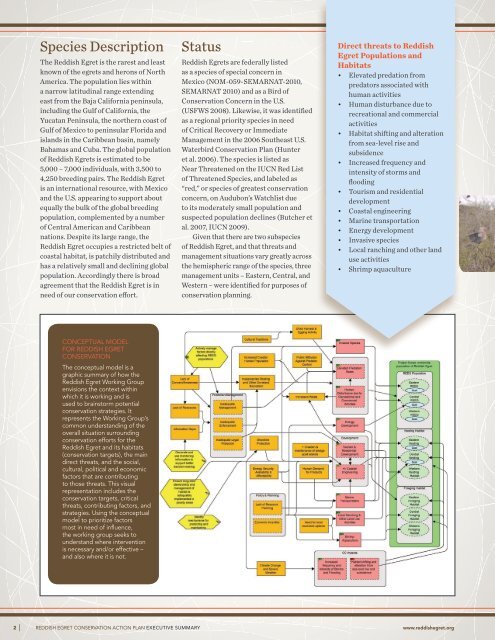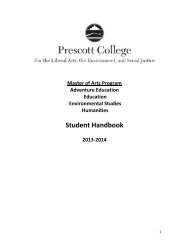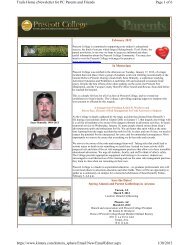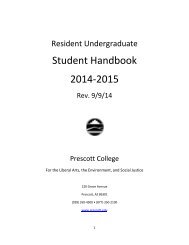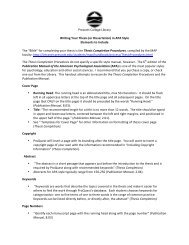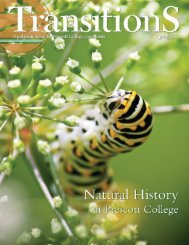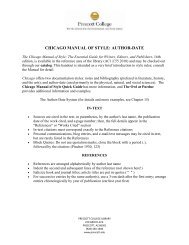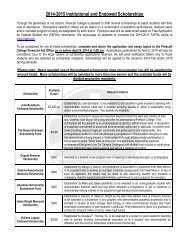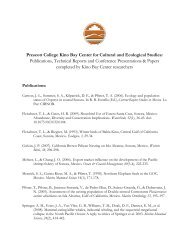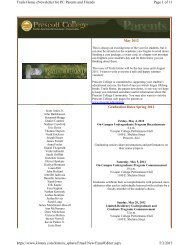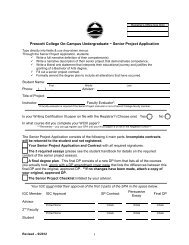Reddish Egret (Egretta rufescens) Conservation Action Plan
Reddish Egret (Egretta rufescens) Conservation Action Plan
Reddish Egret (Egretta rufescens) Conservation Action Plan
You also want an ePaper? Increase the reach of your titles
YUMPU automatically turns print PDFs into web optimized ePapers that Google loves.
Species Description<br />
The <strong>Reddish</strong> <strong>Egret</strong> is the rarest and least<br />
known of the egrets and herons of North<br />
America. The population lies within<br />
a narrow latitudinal range extending<br />
east from the Baja California peninsula,<br />
including the Gulf of California, the<br />
Yucatan Peninsula, the northern coast of<br />
Gulf of Mexico to peninsular Florida and<br />
islands in the Caribbean basin, namely<br />
Bahamas and Cuba. The global population<br />
of <strong>Reddish</strong> <strong>Egret</strong>s is estimated to be<br />
5,000 – 7,000 individuals, with 3,500 to<br />
4,250 breeding pairs. The <strong>Reddish</strong> <strong>Egret</strong><br />
is an international resource, with Mexico<br />
and the U.S. appearing to support about<br />
equally the bulk of the global breeding<br />
population, complemented by a number<br />
of Central American and Caribbean<br />
nations. Despite its large range, the<br />
<strong>Reddish</strong> <strong>Egret</strong> occupies a restricted belt of<br />
coastal habitat, is patchily distributed and<br />
has a relatively small and declining global<br />
population. Accordingly there is broad<br />
agreement that the <strong>Reddish</strong> <strong>Egret</strong> is in<br />
need of our conservation effort.<br />
Status<br />
<strong>Reddish</strong> <strong>Egret</strong>s are federally listed<br />
as a species of special concern in<br />
Mexico (NOM-059-SEMARNAT-2010,<br />
SEMARNAT 2010) and as a Bird of<br />
<strong>Conservation</strong> Concern in the U.S.<br />
(USFWS 2008). Likewise, it was identified<br />
as a regional priority species in need<br />
of Critical Recovery or Immediate<br />
Management in the 2006 Southeast U.S.<br />
Waterbird <strong>Conservation</strong> <strong>Plan</strong> (Hunter<br />
et al. 2006). The species is listed as<br />
Near Threatened on the IUCN Red List<br />
of Threatened Species, and labeled as<br />
“red,” or species of greatest conservation<br />
concern, on Audubon’s Watchlist due<br />
to its moderately small population and<br />
suspected population declines (Butcher et<br />
al. 2007, IUCN 2009).<br />
Given that there are two subspecies<br />
of <strong>Reddish</strong> <strong>Egret</strong>, and that threats and<br />
management situations vary greatly across<br />
the hemispheric range of the species, three<br />
management units – Eastern, Central, and<br />
Western – were identified for purposes of<br />
conservation planning.<br />
Direct threats to <strong>Reddish</strong><br />
<strong>Egret</strong> Populations and<br />
Habitats<br />
• Elevated predation from<br />
predators associated with<br />
human activities<br />
• Human disturbance due to<br />
recreational and commercial<br />
activities<br />
• Habitat shifting and alteration<br />
from sea-level rise and<br />
subsidence<br />
• Increased frequency and<br />
intensity of storms and<br />
flooding<br />
• Tourism and residential<br />
development<br />
• Coastal engineering<br />
• Marine transportation<br />
• Energy development<br />
• Invasive species<br />
• Local ranching and other land<br />
use activities<br />
• Shrimp aquaculture<br />
Goals<br />
Population Goals<br />
Area<br />
Eastern<br />
Management Unit<br />
Central<br />
Management Unit<br />
Western<br />
Management Unit<br />
Current Population<br />
Estimate<br />
Population Goals<br />
700 breeding pairs 1,400 breeding pairs<br />
2,750 breeding pairs 4,600 breeding pairs<br />
800 breeding pairs 1,500 breeding pairs<br />
Global Population 4,250 breeding pairs 7,500 breeding pairs<br />
Objectives Associated with Strategies<br />
Nesting Habitat Goals<br />
• Interim Goal: Establish,<br />
maintain and increase<br />
habitat at focal colony<br />
sites, defined as the<br />
locations that should be<br />
priorities for collective<br />
conservation effort. A<br />
list of the proposed focal<br />
colony sites is available<br />
at the reddishegret.org<br />
website.<br />
• Anticipated Goal:<br />
A quantitative goal for<br />
focal colony sites.<br />
Foraging Habitat Goals<br />
• Interim Goal: Identify and<br />
protect foraging areas<br />
• Anticipated Goal: A<br />
quantitative goal for<br />
focal foraging areas.<br />
The Working Group is<br />
committed to compiling<br />
and mapping information<br />
on known foraging areas<br />
and identifying potential,<br />
currently unknown, areas.<br />
CONCEPTUAL MODEL<br />
FOR REDDISH EGRET<br />
CONSERVATION<br />
The conceptual model is a<br />
graphic summary of how the<br />
<strong>Reddish</strong> <strong>Egret</strong> Working Group<br />
envisions the context within<br />
which it is working and is<br />
used to brainstorm potential<br />
conservation strategies. It<br />
represents the Working Group’s<br />
common understanding of the<br />
overall situation surrounding<br />
conservation efforts for the<br />
<strong>Reddish</strong> <strong>Egret</strong> and its habitats<br />
(conservation targets), the main<br />
direct threats, and the social,<br />
cultural, political and economic<br />
factors that are contributing<br />
to those threats. This visual<br />
representation includes the<br />
conservation targets, critical<br />
threats, contributing factors, and<br />
strategies. Using the conceptual<br />
model to prioritize factors<br />
most in need of influence,<br />
the working group seeks to<br />
understand where intervention<br />
is necessary and/or effective –<br />
and also where it is not.<br />
Develop and implement long-term monitoring of<br />
populations to support better decision-making<br />
at all scales<br />
OBJECTIVES:<br />
• By November 2013, the <strong>Reddish</strong> <strong>Egret</strong> Working Group has<br />
compiled existing knowledge on focal breeding sites, including<br />
the nature and level of specific threats.<br />
• By this time, the group will have reached consensus on and<br />
applied criteria for the selection of focal colonies. By November<br />
2013, the <strong>Reddish</strong> <strong>Egret</strong> Working Group will have mapped known<br />
foraging areas based on existing data, and begun modeling<br />
potential, but unconfirmed foraging areas.<br />
• By 2015, the <strong>Reddish</strong> <strong>Egret</strong> Working Group has undertaken<br />
field studies to fill in gaps in knowledge about <strong>Reddish</strong> <strong>Egret</strong><br />
populations and their habitats across the range. This work will<br />
focus particularly on birds occurring in Caribbean and Central<br />
America as well as on confirming use of and threats to foraging<br />
areas throughout the range.<br />
• By 2015, the <strong>Reddish</strong> <strong>Egret</strong> Working Group has reached<br />
consensus on criteria for focal foraging areas and applied these to<br />
available maps.<br />
• By December 2013, the <strong>Reddish</strong> <strong>Egret</strong> Working Group has<br />
developed standardized protocols for counting breeding pairs on<br />
colonies, counting wintering birds, resightings, breeding habitat<br />
and foraging habitat.<br />
• By December 2013, a REEG Clearinghouse is established, a<br />
protocol for data entry is developed, and existing data input into<br />
the Clearinghouse.<br />
Actively manage factors directly affecting reddish egret<br />
populations<br />
OBJECTIVES:<br />
Invasive Species<br />
• Beginning in 2015, exotic fauna are actively managed and their<br />
effects are minimized on at least 75% of focal breeding sites<br />
affected by exotic fauna.<br />
Predation Rates<br />
• Beginning in 2015, all focal colonies are being monitored for the<br />
presence of predators.<br />
• Beginning in 2015, predators are controlled on at least 75% of<br />
focal colonies.<br />
• By 2016, fisherman in priority areas where offal disposal presents<br />
a problem are aware of the impacts of improper offal disposal on<br />
predation of <strong>Reddish</strong> <strong>Egret</strong>.<br />
Disturbance/Direct Harvest<br />
• By 2016, recreational boaters/fisherman/photographers/<br />
resource managers in priority areas where disturbance is a<br />
problem are aware of impacts to <strong>Reddish</strong> <strong>Egret</strong>.<br />
• Human disturbance trend is reduced by 25% by 5 years after<br />
launching outreach/enforcement campaigns.<br />
• By 2016, target groups participating in chick harvesting and<br />
egging activity are made aware so that they understand the status<br />
of <strong>Reddish</strong> <strong>Egret</strong> and the impact of this activity.<br />
• By 2016, chick harvesting and egging activity is reduced by 50 %<br />
2 | REDDISH EGRET CONSERVATION ACTION PLAN EXECUTIVE SUMMARY www.reddishegret.org REDDISH EGRET CONSERVATION ACTION PLAN EXECUTIVE SUMMARY www.reddishegret.org | 3


